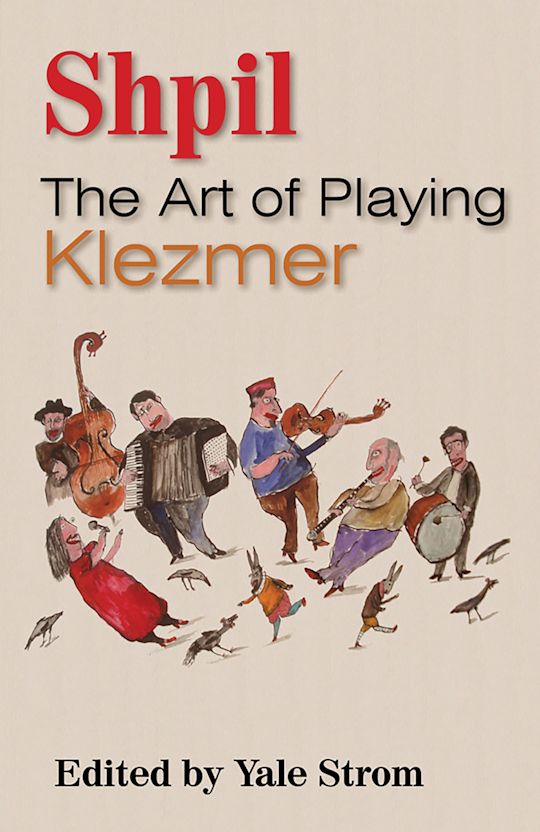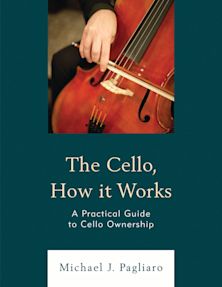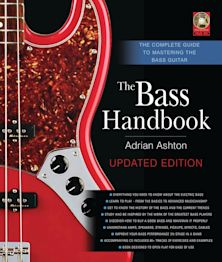You must sign in to add this item to your wishlist. Please sign in or create an account
Description
Shpil: The Art of Playing Klezmer is both a history of this popular form of traditional Jewish music and an instructional book for professional and amateur musicians. Since the revival of klezmer music in the United States in the mid-1970s, Yiddish songs and klezmer dance melodies have served as the soundtrack for a resurgence of interest in Ashkenazic Jewish culture across the globe. Klezmer has taken root not only in America’s major urban centers—New York City, Chicago, San Francisco—but also in emerging Jewish music hotspots like St. Petersburg, Buenos Aires, Krakow, and Tokyo. Its high energy, emotionally driven sound, and evocative Yiddish lyrics have found audiences everywhere.
Shpil offers an expansive history of klezmer, from its medieval origins to the present era, and its contributors encompass a cast of world-renowned musicians who have recorded, performed, and studied klezmer for years. Individual chapters concentrate on the most common instruments found in a klezmer ensemble—violin, clarinet, accordion, bass, percussion, and voice—and conclude with a selection of three songs that illustrate and exemplify the history and techniques of that instrument. Shpil includes a glossary and a discography of both classic and new klezmer and Yiddish recordings, all designed to guide readers in an appreciation of this remarkable musical genre and the art of playing and singing klezmer tunes.
Shpil: The Art of Playing Klezmer is ideal for amateur enthusiasts, musical scholars, beginning artists, and professional musicians, both solo and ensemble—indeed, anyone who wants to experience the joy of listening to and playing this thousand-year-old folk music.
Table of Contents
Acknowledgments
Part I: Foundations
1. Who Are We Teaching?
2. Learning the Language of Music
Part II: Developing Fundamental Sounds and Music Decoding Skills
3. First Sounds on Wind Instruments
4. Developing Solid Percussion Fundamentals
5. From Rote to Note – Reading Music
6. Music and Materials for Young Bands
Part III: Moving Beyond the Basics
7. Advanced Instrumental Pedagogy
8. Rehearsing and Performing with Young Ensembles
9. Getting Help
Part IV: Planning, Management, and Assessment
10. Recruiting and Retaining Students and Their Families
11. Selecting Great Equipment
12. Philosophy, Curriculum, and Planning
13. Rules, Procedures, and Classroom Management
14. Assessment
Appendix A: Sample Band Handbook
Appendix B: Sample Discipline Log
Appendix C: Beginning Snare Method Books
Appendix D: Beginning Band Method Books
Appendix E: Sample Trip Itinerary
Index
Product details
| Published | Oct 12 2012 |
|---|---|
| Format | Ebook (Epub & Mobi) |
| Edition | 1st |
| Extent | 164 |
| ISBN | 9780810882928 |
| Imprint | Scarecrow Press |
| Illustrations | 54 b/w illustrations; 4 tables |
| Publisher | Bloomsbury Publishing |
About the contributors
Reviews
-
Shpil is Strom’s latest book on klezmer. In less than 30 pages of the book’s opening, he gives an almost breathless history of Jewish music, from its earliest mentions in the Bible through the 1990s. The tour includes the fall of the Temple in the first century, the empires of the Ottomans, Russia, and Austro-Hungary, U.S. labor and immigration history, the development of the Borscht Belt in New York’s Catskills, World War II, and the Nazi Holocaust through the recordings and performances of Mickey Katz and Don Byron. Carlos Santana even gets a mention….In its 153 pages Shpil could not possibly contain all that one might want to know about klezmer or its performance. But with its densely packed chapters, it provides a perfect place to start in understanding and playing this most joyous and wonderful music.
San Diego Troubadour
-
The past decade or so has witnessed a flourishing of books tackling various aspects of klezmer, a term referring both to a style of Eastern European-born Jewish folk music and the musicians who perform it. Growing interest in the centuries-old genre has spurred the printing of a variety of songbooks, fake books, instrument-specific collections, historical analyses and ethnographic studies. All of these areas find a home in Shpil: The Art of Playing Klezmer, a slim yet information-rich volume edited by accomplished klezmer violinist and ethnographer Yale Strom. Filled with historical details, practical advice, technical instruction, musical examples and illustrative anecdotes, this all-in-one book gathers the wisdom of renowned klezmer performers, specifically Peter Stan (accordion), Jeff Pekarek (bass), Norbert Stachel (clarinet), David Licht (drums), Yale Strom (violin) and Elizabeth Schwartz (vocals).
The Daily Rabbi
-
Filled with historical details, practical advice, technical instruction, musical examples and illustrative anecdotes, this all-in-one book gathers the wisdom of renowned klezmer performers, specifically Peter Stan (accordion), Jeff Pekarek (bass), Norbert Stachel (clarinet), David Licht (drums), Yale Strom (violin) and Elizabeth Schwartz (vocals).
Thinking On Music
-
The material is rife with references to specific artists and tunes, making this volume an excellent place for those interested in the genre to begin a serious, studied exploration of the tradition. Those more familiar with the genre will be interested in Strom’s observations about the evolving cultural context of klezmer throughout the twentieth century....This new volume is a welcome addition to the growing field of klezmer scholarship. Readers will find this book to be a valuable resource for deepening their knowledge of performance practice as well as the cultural context from which klezmer music emerged and continues to develop.
Music Reference Services Quarterly
-
The various contributors point out that Klezmer music [has] distinctive features...[T]his is a successful manual for a beginner in the field.
Association of Jewish Libraries Reviews


































